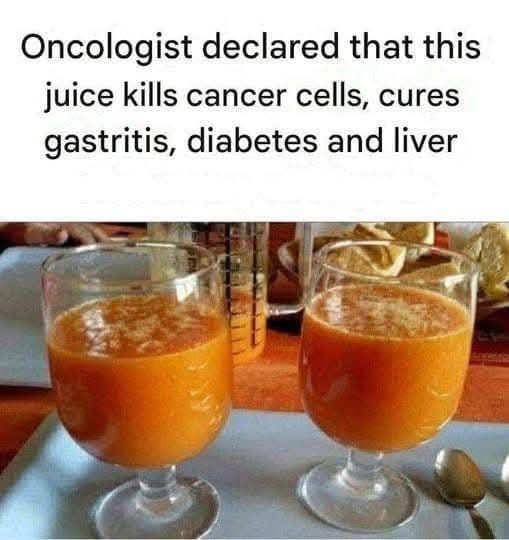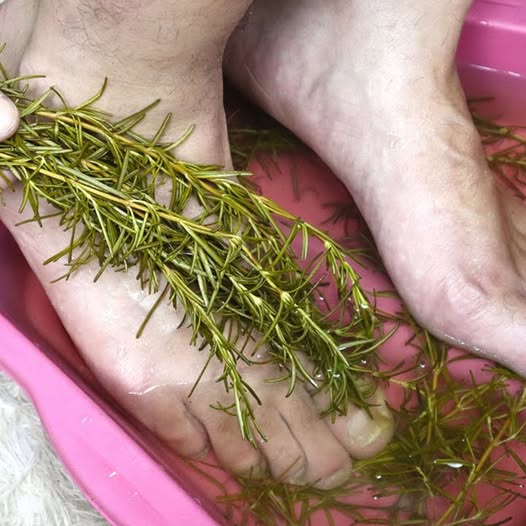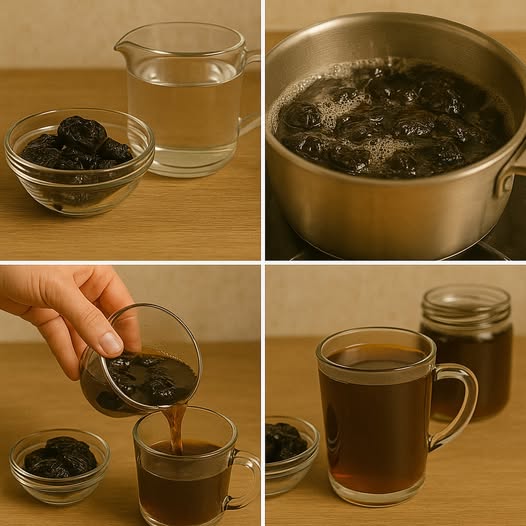Introduction: Unlock the Hidden Value of Banana Peels

Banana peels are often discarded without a second thought. Yet what if I told you that these so-called “waste products” are worth their weight in gold? In a world focused on sustainability, cost-saving, and health-conscious choices, ignoring banana peels is like throwing away a free, powerful, and versatile resource.
Banana peels are not just food waste—they are natural assets packed with nutrients, antioxidants, and surprising practical uses. Businesses in agriculture, beauty, and wellness are already leveraging this “golden waste” to cut costs, innovate products, and promote eco-friendly solutions.
If you’re still tossing banana peels in the trash, you’re literally throwing money away. In this article, you’ll discover 7 powerful, science-backed reasons you should never throw banana peels out again—plus, we’ll answer your most pressing questions about their safety, benefits, and practical uses.
Ready to transform your approach to waste? Let’s dig in.
1. Banana Peels as Natural Fertilizer: Supercharge Your Garden for Free
Banana peels are a nutrient powerhouse for plants. They contain:
- Potassium (approximately 42% of the peel’s mineral content)
- Phosphorus
- Calcium
- Magnesium
These nutrients are essential for strong root development, vibrant blooms, and higher yields. Simply bury banana peels in your garden beds or steep them in water to create an organic fertilizer tea.
According to a study published in Waste Management, using banana peel compost increases soil nutrient content and supports microbial health. For budget-conscious gardeners or large-scale farms, this free, sustainable fertilizer reduces chemical use and costs.
Pro Tip: Cut peels into small pieces for faster decomposition. Use them around tomatoes, roses, and houseplants to see striking results.
2. Powerful Natural Pest Repellent: Protect Your Crops Without Chemicals
Banana peels are your secret weapon against pests. When buried in the soil or chopped and scattered around plants, they deter aphids and other harmful insects naturally.
This chemical-free solution supports organic farming goals and reduces reliance on expensive, toxic pesticides. For agricultural businesses, it’s a sustainable strategy that can help meet environmental standards and customer demand for organic produce.
Did you know? A 2020 FAO report found that over 3 million tons of chemical pesticides are used annually, with growing consumer backlash. Using banana peels as pest repellents offers a safe, effective, and marketable alternative.
3. Skin-Care Goldmine: Brighten, Heal, and Nourish Naturally
Banana peels are a beauty industry secret. Packed with antioxidants like lutein and catechins, they fight inflammation and free radicals.
Key uses:
- Rub the inside of a peel on acne-prone skin to reduce redness.
- Apply to dry patches for instant hydration.
- Lighten dark spots with regular application thanks to natural enzymes.
Statistics: The global natural skincare market was valued at over $13 billion in 2023, projected to grow 6% annually. Consumers are willing to pay a premium for organic, plant-based solutions—yet you can make yours virtually free.
FAQ – Is it safe?
Yes, as long as you use clean, pesticide-free peels. Always rinse thoroughly before applying to skin.
4. Eco-Friendly Household Cleaner: Polish and Shine Without Harsh Chemicals
Banana peels aren’t just good for you—they’re great for your home. The natural oils in the peel act as gentle yet effective cleaners and polishers.
Uses include:
- Polishing leather shoes and furniture.
- Cleaning silverware to a brilliant shine.
- Removing scuffs from floors.
Why it matters: A study from Environmental Working Group found that 53% of popular household cleaners contain ingredients harmful to lungs. Banana peels provide a safer, greener option that cuts costs and reduces chemical exposure.
5. Nutrient-Rich Animal Feed: Lower Costs, Improve Health
Banana peels can be safely used as animal feed, offering a low-cost supplement packed with:
- Fiber
- Essential minerals
- Antioxidants
Livestock farmers in parts of Asia and Africa have long used banana peels as feed to reduce costs. Research shows that processed banana peel meal can replace up to 20% of standard feed in certain diets.
Benefits for business:
- Reduces dependency on expensive commercial feed.
- Supports sustainable farming practices.
- Minimizes food waste.
FAQ – Can all animals eat banana peels?
They’re suitable for cattle, goats, pigs, and some poultry when processed properly. Always consult a vet before changing feed formulations.
6. Biofuel Potential: A Step Toward Sustainable Energy
Banana peels aren’t just household gold—they’re an emerging energy source.
They can be processed to produce:
- Ethanol (biofuel)
- Biogas (methane for cooking or electricity generation)
For example, a 2019 study in Renewable Energy journal demonstrated that banana peel biomass can yield up to 300 liters of biogas per ton—enough to meet cooking fuel needs for several families for days.
Business opportunity: With global energy demand rising, turning agricultural waste into fuel offers lucrative, eco-friendly prospects for farms, businesses, and municipalities.
7. Edible Benefits: From Culinary Innovation to Nutritional Power
Most people don’t realize banana peels are actually edible. When prepared correctly, they offer:
- Fiber
- Vitamin B6
- Vitamin C
- Magnesium
- Potassium
Innovative chefs use banana peels in vegan “pulled pork,” curries, and smoothies. In 2021, a viral TikTok trend showed users transforming banana peels into flavorful, zero-waste meals—sparking a new wave of culinary creativity.
FAQ – Are banana peels safe to eat?
Yes—but always wash thoroughly, remove pesticide residues, and cook well to improve texture and digestibility.
Frequently Asked Questions (FAQ) About Banana Peels
Are banana peels toxic?
No. Banana peels are non-toxic and safe for many uses, from skincare to compost to animal feed. The only caution is pesticide residue—wash them well if you plan to eat or apply them.
How do you store banana peels?
- For gardening: Dry and crush them for longer storage.
- For animal feed: Sun-dry or process into meal.
- For food use: Freeze or refrigerate peeled strips to prevent spoilage.
Can banana peels help with teeth whitening?
There is anecdotal evidence suggesting the inside of banana peels can gently polish teeth thanks to minerals. However, scientific evidence is limited. Use with caution and don’t replace proven dental care.
Do banana peels really work for acne?
Many users report reduced redness and irritation due to antioxidants and anti-inflammatory properties. It’s not a substitute for medical treatment, but a natural, low-cost remedy worth trying.
Are banana peels compostable?
Absolutely. They decompose quickly, enriching soil with vital nutrients. In fact, adding banana peels to compost piles can speed up the process thanks to their high nutrient content.
Conclusion: The Smart Business Case for Saving Banana Peels
Banana peels are much more than trash. They’re a sustainable, low-cost, and versatile resource with benefits that touch nearly every part of your life and business:
- Lower farming costs with free fertilizer and natural pest repellent.
- Enhance brand sustainability by offering organic solutions.
- Cut household spending on cleaners and beauty products.
- Reduce livestock feed expenses with nutritious supplements.
- Innovate with biofuel production.
- Create culinary delights with zero waste.
In an era where customers demand greener solutions, banana peels offer an easy, actionable, and cost-effective way to meet that demand while boosting your bottom line.
Stop throwing gold in the trash. Instead, harness the true value of banana peels—and watch your home, business, and environment thrive.


